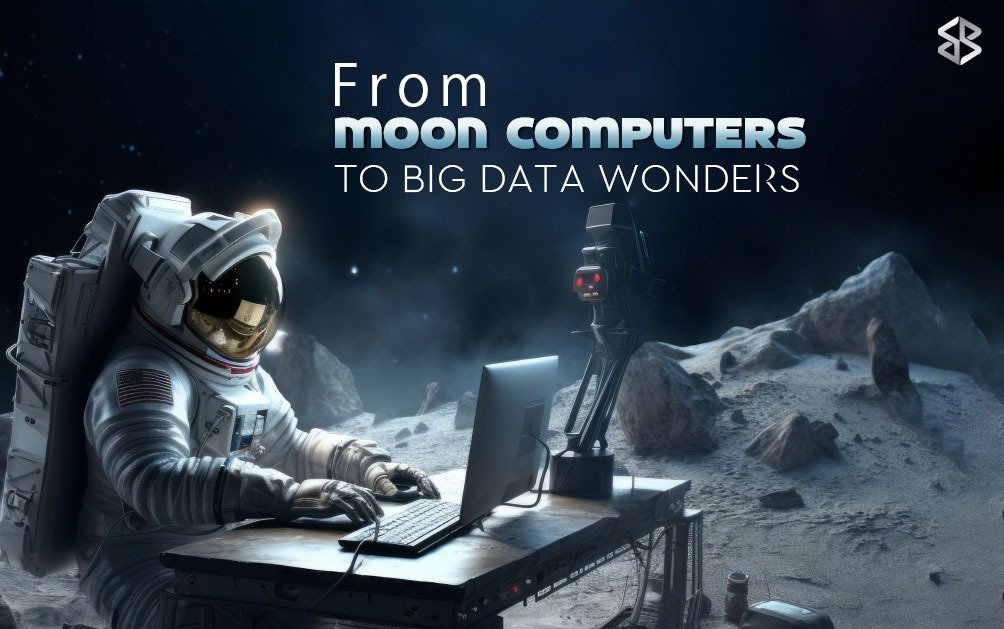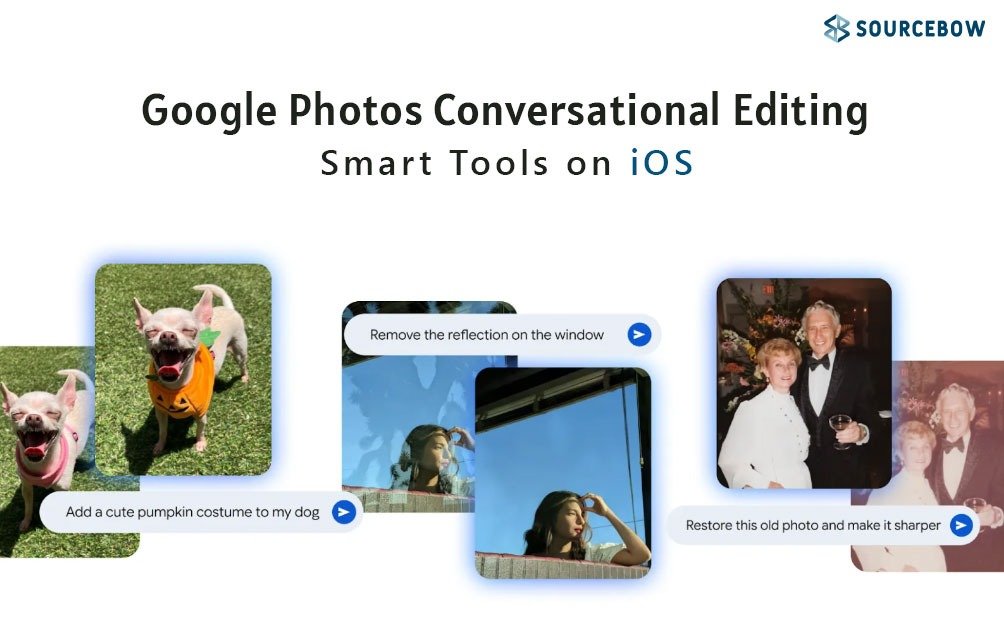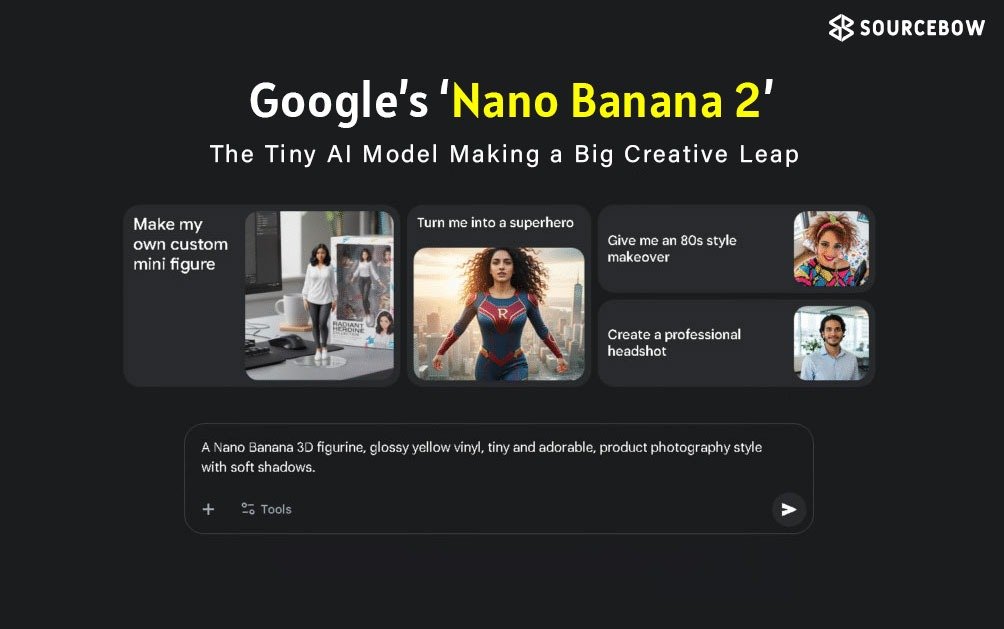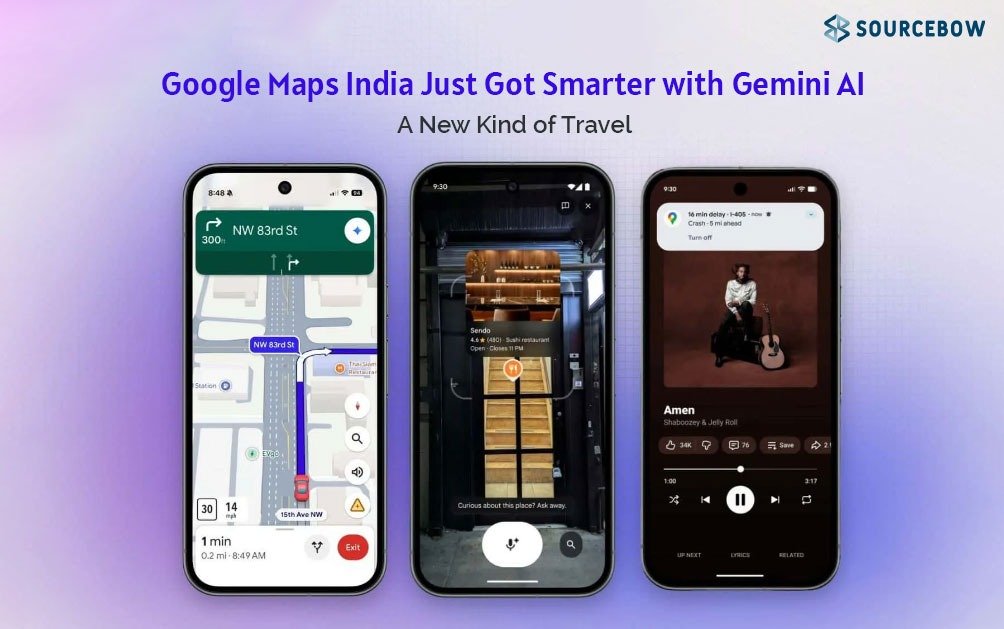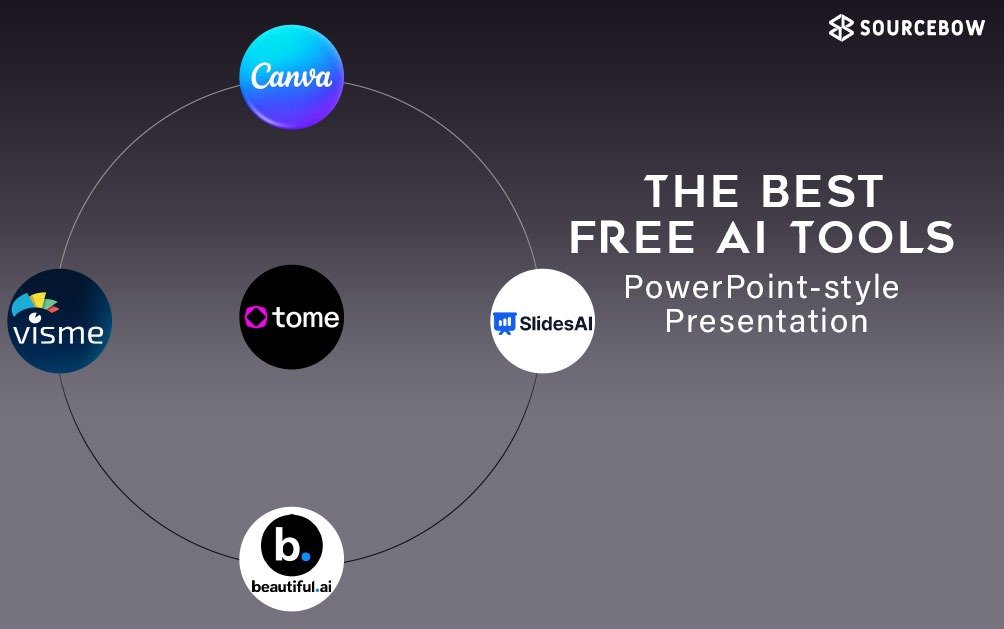From Moon Computers to the Sea of Data Around Us
It’s kind of mind-blowing if you think about it. The computers that helped land humans on the Moon — yeah, those Apollo 11 machines — were less powerful than the phone in your pocket right now. Crazy, right? Astronauts had to type commands using this weird two-number system: one number said what to do, the other said what data to work on. Just imagine trying to do that while hurtling through space. Makes your phone seem like a miracle in your hand.
And speaking of phones, even something like an old iPhone 5 is insane by comparison. It’s thousands of times faster than those lunar computers, has millions of times more memory, and weighs next to nothing. In other words, we casually carry around more computing power every day than NASA had to put humans on the Moon. Let that sink in.
Tech has not just moved fast — it’s basically sprinted. Every couple of years, chips double their power, something called Moore’s Law. So each new gadget is faster, smarter, smaller. You can barely keep up. Honestly, it’s a bit exhausting if you think about it.
How We’re All Unknowingly Leaving Digital Traces
Everything we do leaves a digital footprint. Check Google Maps? That’s GPS logging you. Go see a doctor? A new line is added to your health record. Share a photo online? That’s data too. Buy groceries? Every item tells a little story about you — your favorite brands, your snack habits, maybe even the day you like to shop.
And it’s not just a trickle. We’re talking billions of gigabytes every single day. Back in 2010–2012, humans generated more data than in all of history before that. Yup. Two years, more than the rest of human civilization combined. Let that one hit you.
By 2018, billions of people were online, and connected devices had crossed twenty billion. Mobile data alone had increased more than tenfold in just five years. No wonder Big Data became a household term — it’s hard to ignore a tidal wave like that.
What Big Data Actually Means in Today’s World
Big Data isn’t just a matter of size. It’s about how fast it’s created, how varied it is, and, frankly, how messy. Some of it’s tidy — bank records, spreadsheets. But most? A chaotic mix of videos, texts, emojis, voice notes, tweets, you name it.
And here’s the kicker: more data doesn’t automatically mean more understanding. Data alone is just noise, a pile of puzzle pieces dumped on the floor. Process it, find patterns, and it becomes information. Figure out why those patterns exist, and you have knowledge.
This is why data scientists spend so much time exploring, cleaning, and visualizing data. It’s not about pretty charts. Predictive modeling takes it a step further — trying to guess what might happen next. The goal? Real insights that can change how businesses operate, cities plan, or people live.
Watching Systems Come Alive with Agent-Based Modeling
One of the coolest ways to make sense of complexity is agent-based modeling. Picture it like a digital sandbox. Each agent is a little piece of software that can think, act, and interact. Thousands of these agents together? You start seeing patterns emerge that surprise even the people running the simulation.
Take financial markets. Stock prices don’t move because of one person. They move because thousands of traders, human and algorithmic, make decisions at the same time. Researchers can recreate this in a model, assign strategies to agents, and then watch what happens. If the model behaves like the real world, that’s a sign your assumptions are solid.
That is when modeling goes from theory to something useful. Suddenly you can forecast trends, test strategies, and understand complex systems without touching real money. Pretty neat, right?
Social Networks as Big Data Goldmines
The same ideas apply to social networks. People tend to hang out with others like themselves — this is called homophily. That’s why online communities form around shared interests, beliefs, hobbies.
Simulate it digitally, and the same thing happens. At first, agents are scattered, isolated. As they interact, they find common ground, form clusters, share information. Over time, little communities emerge — just like our friend groups, forums, or social circles online.
And yes, this is how recommendation systems work. Amazon shows “people who bought this also bought that” because it’s spotting patterns among similar users. Netflix suggests shows based on what people like you enjoy. Supermarkets send coupons tailored to your tastes. It is all the same principle: find similarity, predict behavior, gently nudge people in a certain direction.
The Upside and Downside of Our Data-Driven Lives
Pretty impressive stuff, but let’s be honest: there’s a catch. Every tap, click, swipe — it all builds a digital portrait of you. Sometimes it is helpful — better maps, faster recommendations, smarter services. Other times, it can feel a little too personal.
Still, there is no denying how powerful this data revolution is. Scientists, engineers, developers — they are constantly finding ways to turn mountains of data into insights that actually make life better. Smarter cities, health predictions, more intuitive apps — the possibilities are huge.
Something to Ponder About Your Digital Footprints
So next time you scroll, click, or shop online, think about this: each little action adds a tiny breadcrumb to your digital self. And together, those breadcrumbs form a map that algorithms, companies, and systems study.
It’s a little spooky, maybe. Also kind of amazing. In today’s world, data doesn’t sleep. It listens, learns, remembers. And if you’re wondering what might show up under the Christmas tree this year… chances are, the internet already has a pretty good guess.

